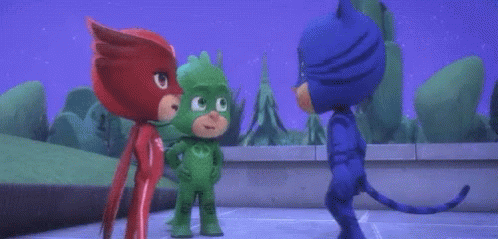True or False... A description describes something.
True!

True or False... 'Sequence' is telling the order of events within a story.
True!

True or False... Compare & Contrast explain how things are similar and different within a story.
True!

True or False... Cause & Effect explains the reason why something happened and what happened.
True!
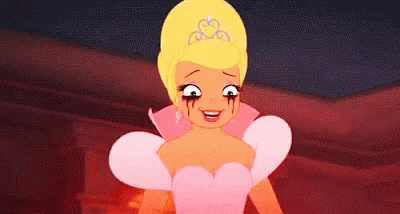
True or False... Problem & Solution is the act of identifying the issue in a text and then identifying the remedy for the issue.
True!

True or False... The author provides descriptive details within a story to help give readers a 'mental picture'.
True!

True or False... These are words that can be used when identifying the sequence of events in a text.
- “Before”
- “Then”
- “Finally”
True!

True or False... This is a proper Compare & Contrast Venn Diagram.
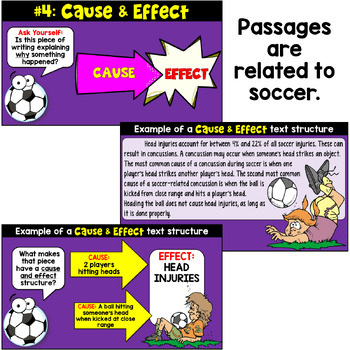
True!

True or False, below are key phrases that pertain to cause & effect:
• “Because of…”
• “Therefore…”
• “The reason for…”
True! They signify the reason why something happened.

True or False... These questions should not be asked when identifying the Problem & Solution within a text.
"What is the problem?"/"What's wrong?"
"How has it been solved?"/"How did it get better?"
False! They should be asked to help identify.
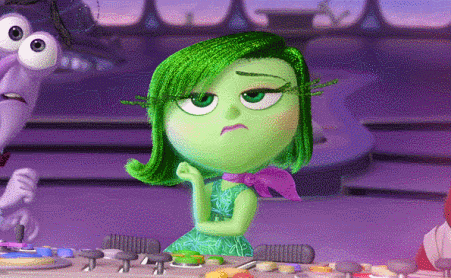
An adjective is a word/phrase used to describe something. Example:
Firetrucks are loud and red.
True or False...
Adjectives are key signals in a description.
True!

True or False... Is the sequence in this example written properly?
"First, my alarm clock went off. Then, I went downstairs to have some breakfast. Finally, I got ready for school!"
True!

True or False... This diagram can be used for showing how to Compare & Contrast key elements in in a text.
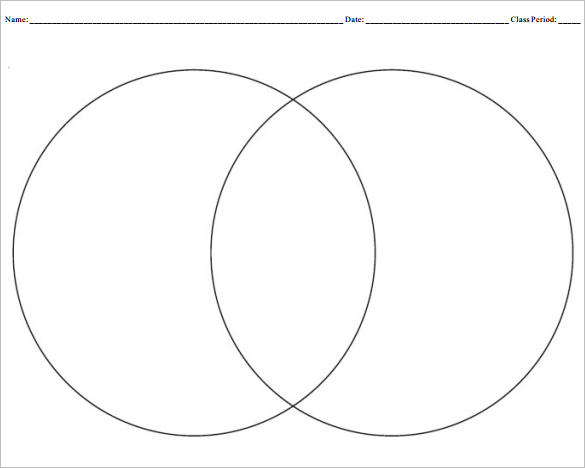
True!
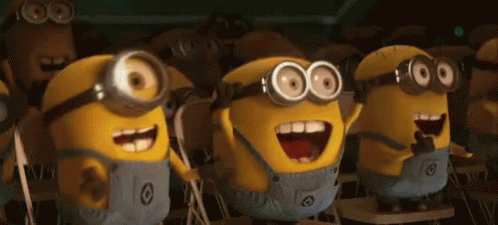
True or False... Cause & Effect is basically the same as Compare & Contrast.
False!

True or False... This diagram can be used to show the 'Problem & Solution' within a text.
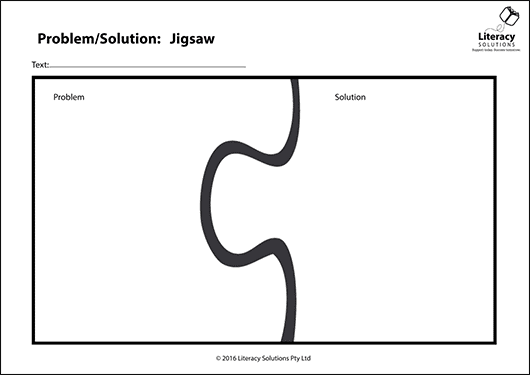
True!
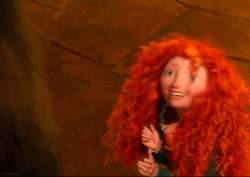
True or False...
Descriptions in a text can be identified in multiple ways, such as, what something sounds like, smells like, looks like, feels like or tastes like...
True!

True or False... This diagram can be used for showing the 'sequence' of events in a text.

False! This is a proper diagram for sequence, it has multiple boxes and arrows to help represent the order in which events take place.
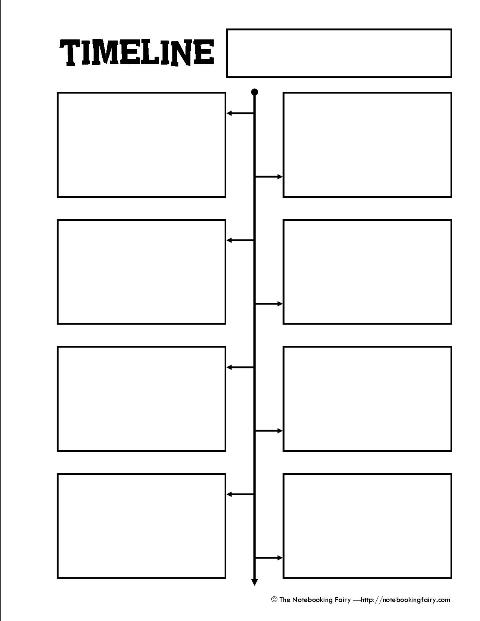
True or False... To compare means to tell how things are similar/same.
False! Comparing is identifying the differences.

True or False... This is a proper explanation of Cause & Effect.
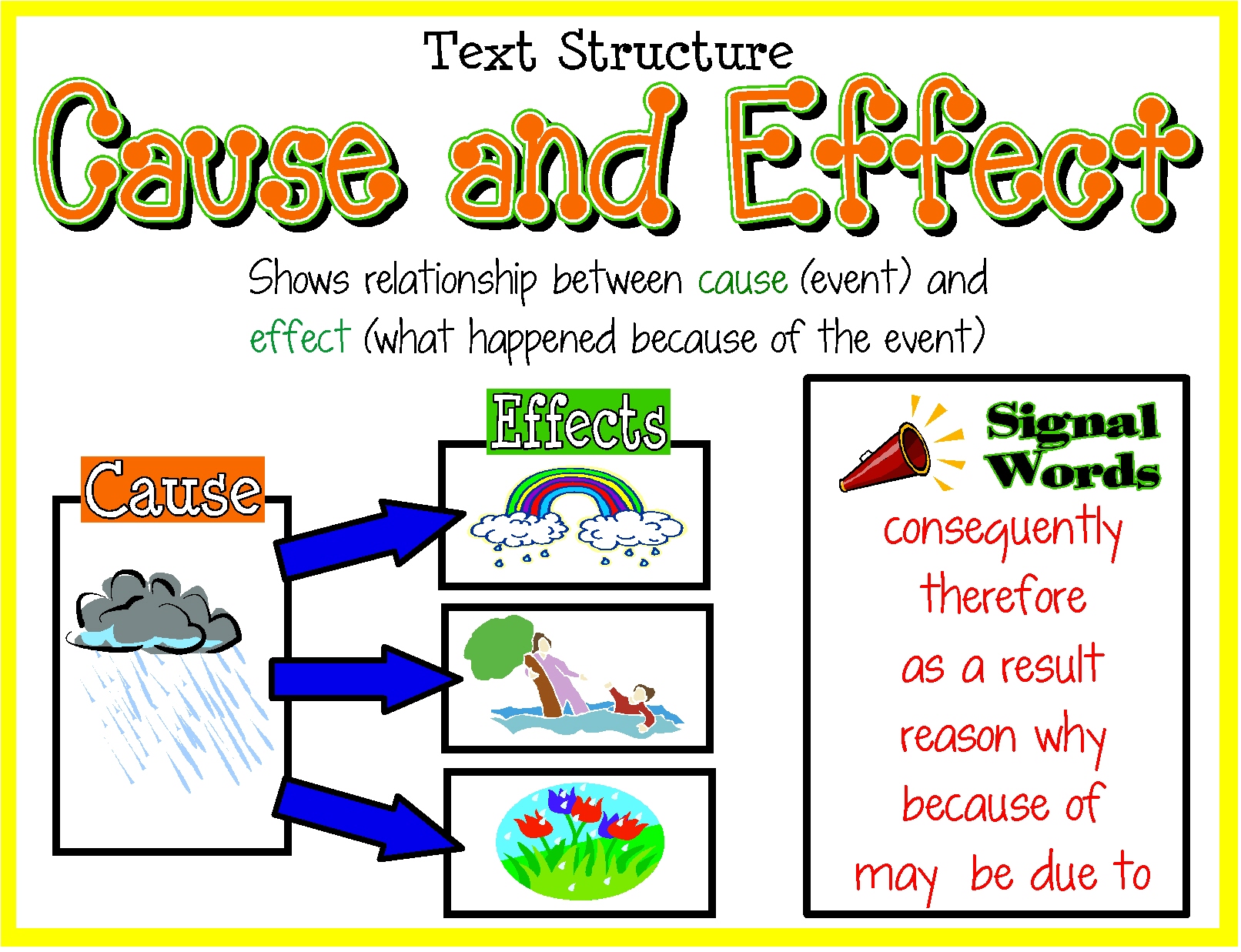
True!
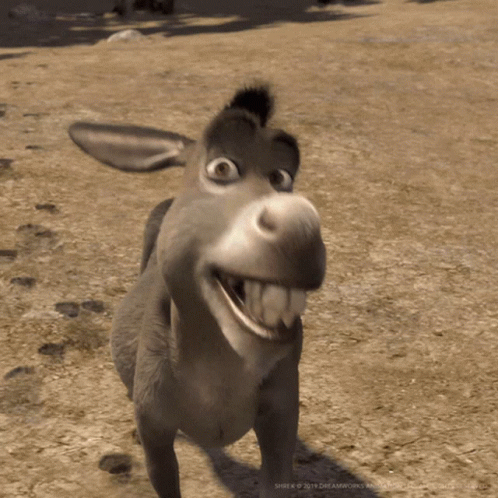
True or False... Does this solution fit with this problem?
Problem: Sam hit his head and got a big bump.
Solution: John went out for ice cream afterschool because he got a bump at recess.
False! John's problem was solved but that is not the solution to Sam's problem.

True or False... This diagram cannot be used for dissecting 'descriptions' in a text because it has too many circles.

False! This diagram can be used.

True or False... Sequence MUST always have the words, 'First, second, last.'
False! There are several other signal words to identify sequence order in a text.

True or False...
On a compare and contrast Venn Diagram, the similarities belong in the outer circles.
False! The similarities belong in the center.
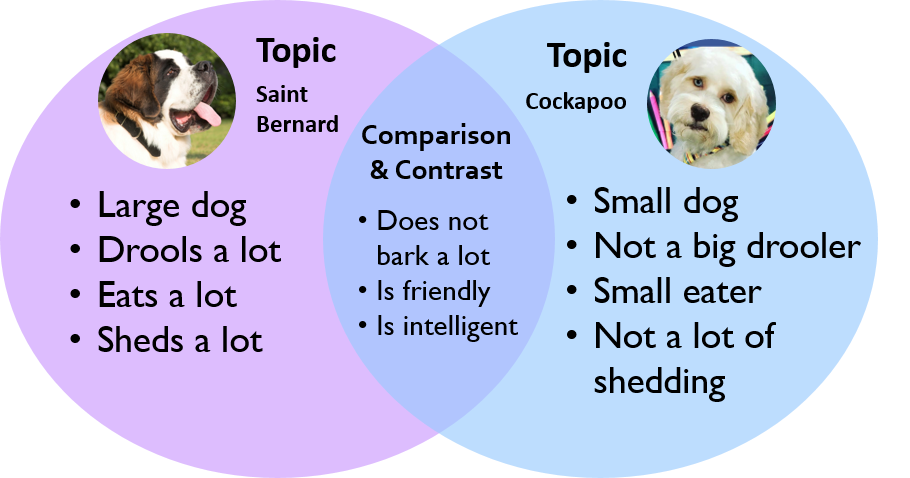
You're only allowed to use 3 boxes to explain the 'effects' in Cause & Effect.

False! There is no specific limit on the boxes used.

True or False...
'Problem & Solution' can have similar key words as 'Cause & Effect' such as
- “Because...,”
- “Therefore...,”
- “As a result...,”
True!
